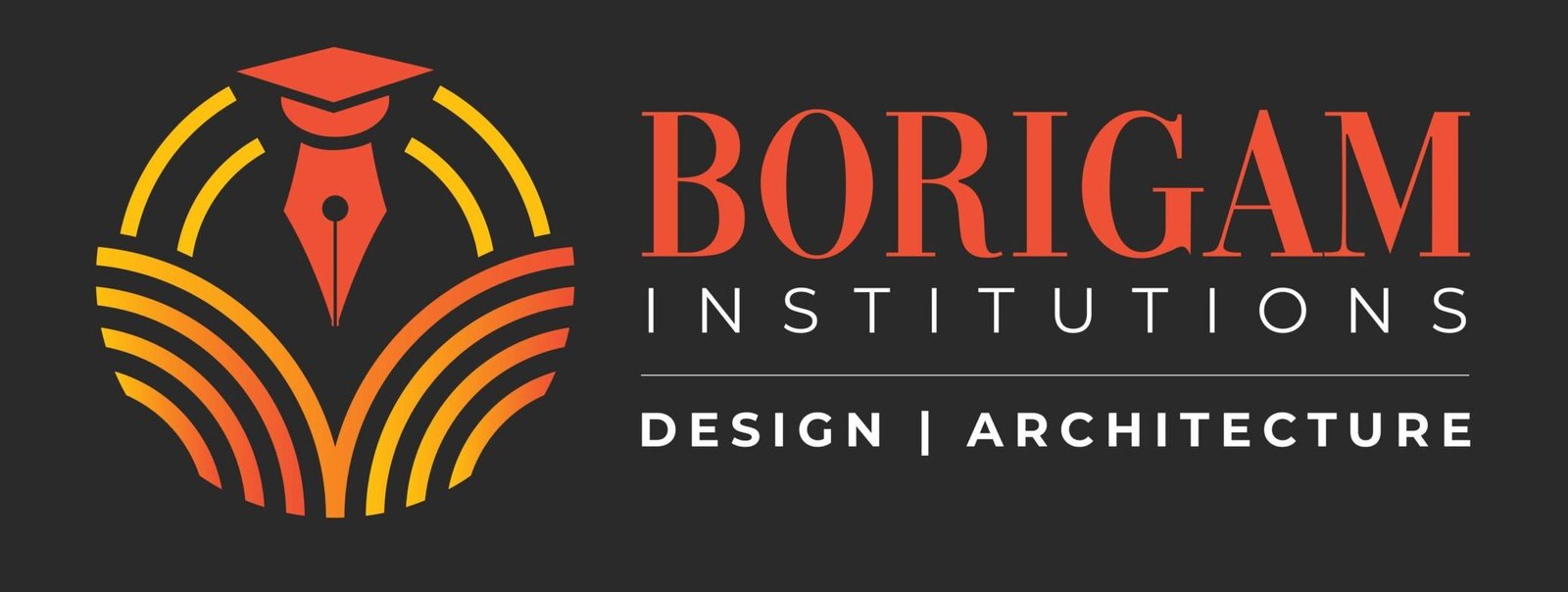The National Aptitude Test in Architecture (NATA) is a national-level entrance exam conducted by the Council of Architecture (CoA) for students aspiring to pursue a Bachelor of Architecture (B.Arch). It assesses a candidate’s aptitude in architecture through tests in drawing, observation skills, sense of proportion, aesthetic sensitivity, and critical thinking.
- About NATA
- Full Form: National Aptitude Test in Architecture
- Conducting Body: Council of Architecture (CoA)
- Course Offered: Bachelor of Architecture (B.Arch)
- Mode of Exam: Computer-Based Test (CBT) and Offline Drawing Test
- Frequency: Conducted multiple times a year
- Score Validity: 1 Year
NATA is accepted by most architecture colleges across India, except IITs, NITs, and SPAs which accept JEE Main Paper 2 scores.
- Why Appear for NATA?
- Provides entry to prestigious Architecture Colleges across India.
- Tests both creative thinking and mathematical skills.
- Flexibility to attempt the exam multiple times to improve scores.
- Opens pathways to a promising career in Architecture and Design.
- Eligibility Criteria for NATA
- Educational Qualification:
- Candidates must have passed 10+2 or equivalent with Mathematics as a compulsory subject.
- Minimum 50% aggregate marks in Physics, Chemistry, and Mathematics (PCM).
- Age Limit: No upper age limit to apply.
- Diploma Candidates: Candidates with a 10+3 Diploma with Mathematics are also eligible.
- NATA Exam Pattern
The exam is divided into two parts:
Part A – Cognitive Skills Test (Aptitude)
- Mode: Computer-Based Test (CBT)
- Duration: 72 Minutes
- Marks: 125 Marks
- Subjects:
- General Aptitude
- Logical Reasoning
- Visual Perception
- Architectural Awareness
Part B – Drawing and Visual Composition
- Mode: Offline (Pen and Paper)
- Duration: 72 Minutes
- Marks: 75 Marks
- Tasks Include:
- Freehand Sketching
- Perspective Drawing
- Visual Composition
- Conceptual Design
Total Duration: 3 Hours
Total Marks: 200 Marks
- NATA Syllabus
- Aptitude Test Syllabus
- Visual and Spatial Ability
- Logical and Analytical Reasoning
- Architectural Awareness
- General Knowledge Related to Architecture
- Mathematics – Algebra, Geometry, and Trigonometry
- Drawing Test Syllabus
- Sketching Objects and Scenes from Memory
- Perspective and Scale Drawing
- Composition using Shapes and Forms
- Understanding of Proportions and Aesthetics
- Visualizing 3D Objects from 2D Drawings
- Application Process for NATA
Follow these steps to apply for the NATA entrance exam:
- Visit the Official Website: www.nata.in
- Register: Provide basic details and create an account.
- Fill the Application Form: Enter academic, personal, and exam center preferences.
- Upload Documents: Submit scanned copies of your photograph and signature.
- Pay Application Fee: Pay the fee online using net banking, credit/debit cards, or UPI.
- Download Admit Card: Once released, download your admit card for the exam day.
- NATA Exam Fees
| Attempt Type | General Candidates | SC/ST Candidates |
| Single Attempt | ₹2,000 | ₹1,500 |
| Double Attempt | ₹4,000 | ₹3,000 |
| Triple Attempt | ₹5,500 | ₹4,000 |
Note: Candidates are encouraged to attempt the exam multiple times for better scores.
- Important Dates for NATA (Tentative)
| Event | Date (Tentative) |
| Application Start Date | March 2025 |
| Last Date to Apply | April 2025 |
| Admit Card Release | April 2025 |
| NATA Exam Dates | April to July 2025 (Multiple Phases) |
| Results Declaration | Within 7 Days of the Exam |
Check the official website for exact dates and updates.
- NATA Preparation Tips
- Improve Drawing Skills: Practice freehand drawing, perspective views, and creative compositions.
- Stay Updated: Enhance your general knowledge about architecture, famous monuments, and contemporary structures.
- Strengthen Aptitude: Solve logical reasoning, mathematical problems, and puzzles regularly.
- Time Management: Practice completing tasks within time limits by attempting mock tests.
- Develop Visualization Skills: Practice 3D visualization of objects and architectural spaces.
- Learn from Previous Papers: Solve past NATA question papers to understand the exam pattern.
- Top Colleges Accepting NATA Scores
- School of Planning and Architecture (SPA), Delhi
- CEPT University, Ahmedabad
- Sir JJ College of Architecture, Mumbai
- JNAFAU, Hyderabad
- BIT Mesra, Ranchi
- Chandigarh College of Architecture
- Career Opportunities After B.Arch
After completing a B.Arch degree, graduates can pursue various career paths in the architectural field, including:
- Architect
- Urban Planner
- Interior Designer
- Landscape Architect
- Sustainability Consultant
- Project Manager
- Construction Manager
- 3D Visualizer
Further studies in architecture, including M.Arch, Urban Design, or Landscape Architecture, can enhance career prospects.



